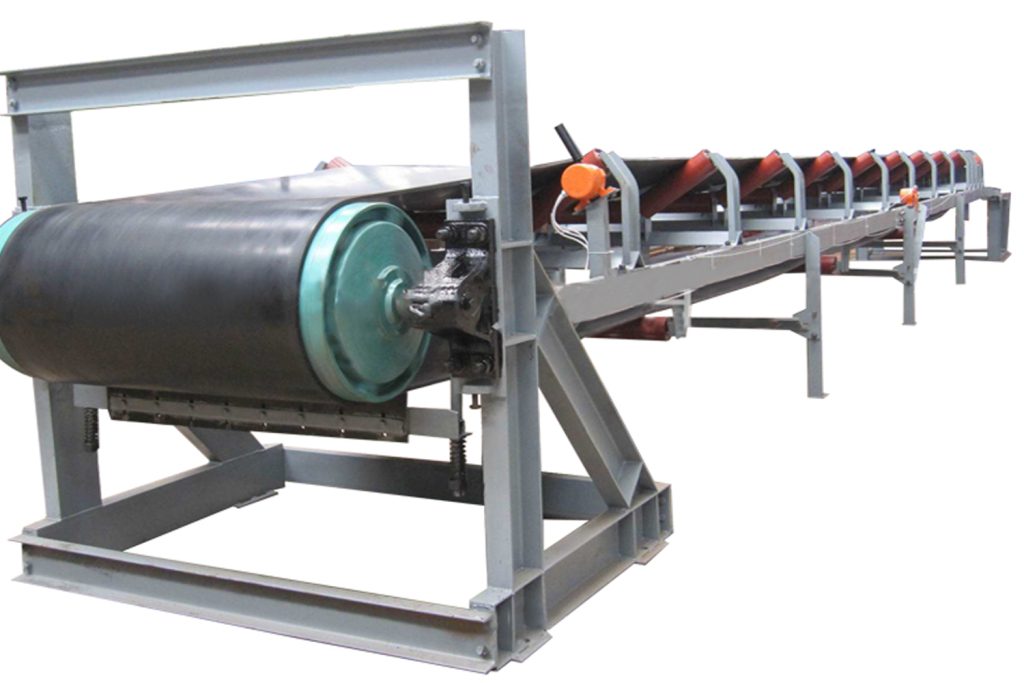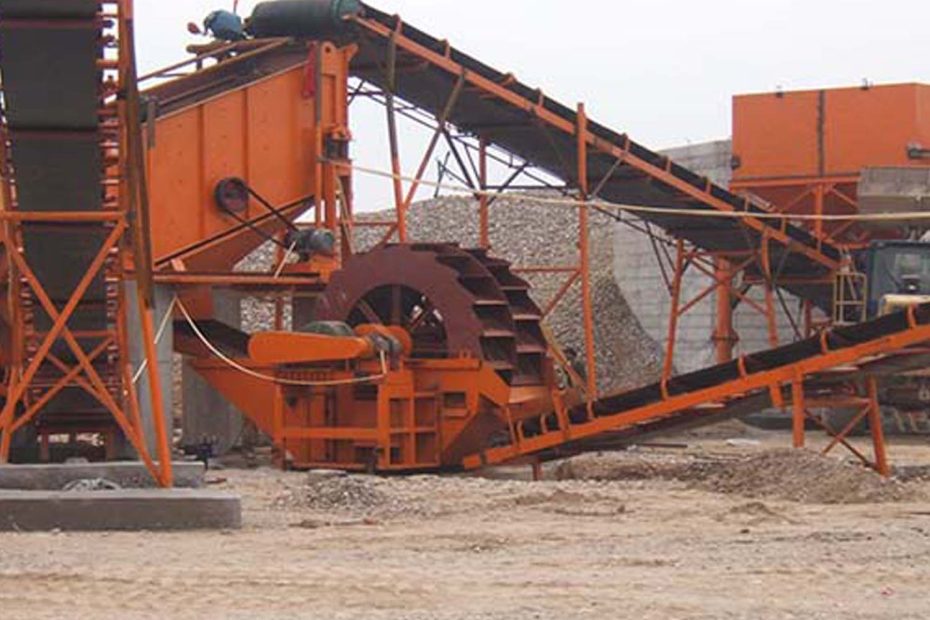Belt conveyor is a common continuous conveying equipment that uses flexible belt as material carrier and traction member.
Belt conveyor uses a closed ring conveyor belt that is wrapped around and tensioned on the drive wheel and tension wheel as a load-bearing, traction and material conveying component, and realizes material conveying through the continuous operation of the conveyor belt. It can be used for small conveying volume and short distance, and can also be used for large conveying volume and long distance.
During the working process of the belt conveyor, the material enters the conveyor belt through the feeding device. Due to the continuous operation of the conveyor belt, the material is transported to the unloading point, and then the material is unloaded by the unloading device. After unloading, the empty belt is returned through the lower unloaded section.
Daily maintenance precautions for belt conveyors
Inspection items before belt conveyors are put into operation
- Check the oil level of the reducer and whether the oil quality is normal;
- Check whether the inner rollers and the head and tail rollers of the belt are clogged, and whether there is material accumulation on the ground that hinders the operation of the belt, which should be cleaned in time;
- Confirm whether the sweeper is adjusted to the appropriate position;
- Whether there are missing rollers and whether the rollers are flexible;
- Whether the belt has cracks, fur, or deviation;
- Whether there are foreign objects at the belt inlet and outlet, and whether the tension is appropriate;
- Whether the pull rope switch is flexible and can be reset;
- Check whether the anchor bolts are loose or falling off;
- Whether the baffles of each discharge port need to be replaced.

Things to check during the operation of the belt conveyor
- Confirm whether the delivered material is correct;
- Check whether the material is evenly discharged, whether there is material accumulation at the inlet and outlet, and pay special attention to whether there are metal foreign objects stuck in the inlet and outlet to prevent damage to the belt;
- Check whether the reducer (electric roller) has oil seepage or oil leakage, and add oil in time if it is lacking;
- Check whether the running parts have abnormal sounds, abnormal vibrations, abnormal temperatures, and odors;
- Whether the belt is deviated, if so, adjust it in time;
- Whether the belt is damaged, scratched, and whether the joints are intact;
- Whether the belt cleaner is working normally;
- Whether the roller rotates flexibly, whether the guide wheel rotates flexibly;
- Check the wear of the belt.
Conclusion
The belt conveyor belongs to the vibration conveyor system, which has the advantages of strong conveying capacity, long conveying distance, simple structure and easy maintenance, and convenient program control and automatic operation.
In short, the belt conveyor should follow the principle of “starting with no load and stopping with no load” when operating, that is, start when there is no material on the conveyor belt, and feed material only after the conveyor is running normally; before the conveyor stops, the feeding must be stopped and all the materials on the conveyor belt must be unloaded.
